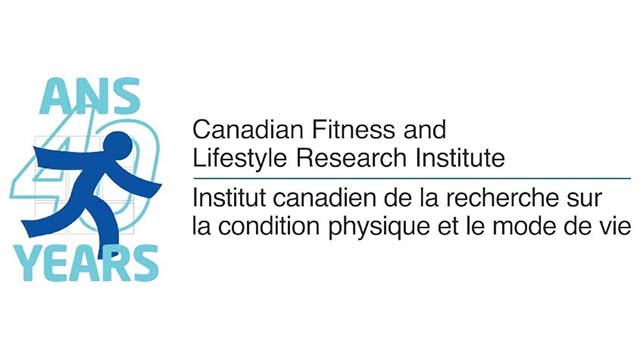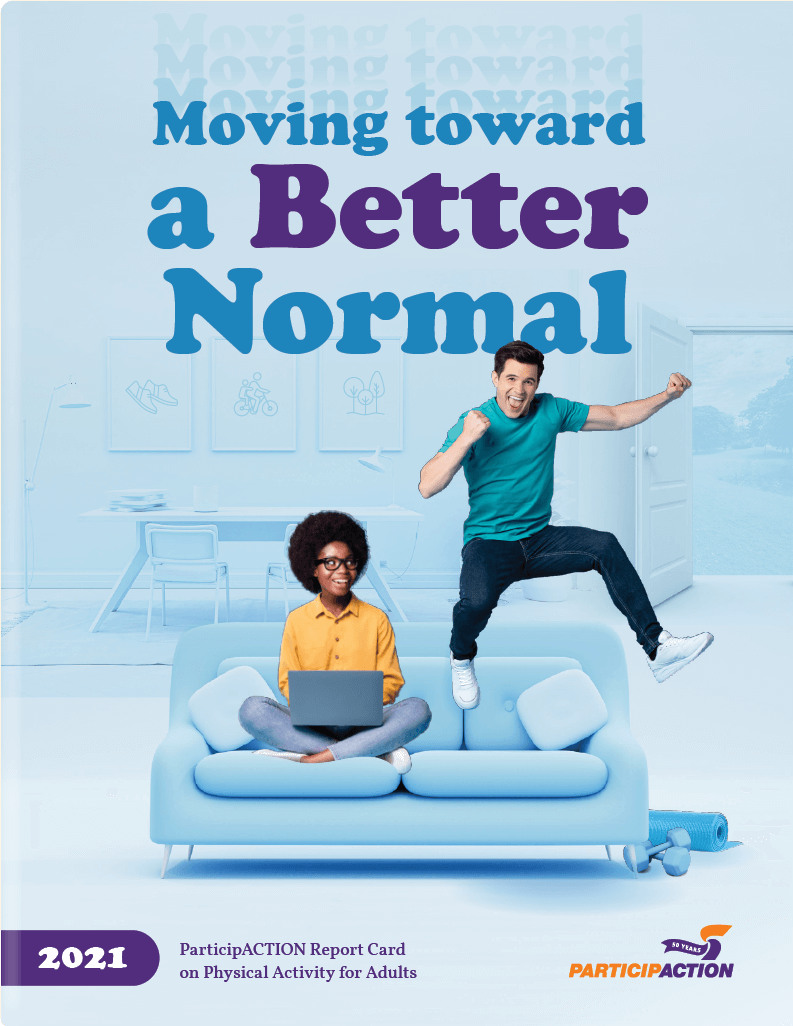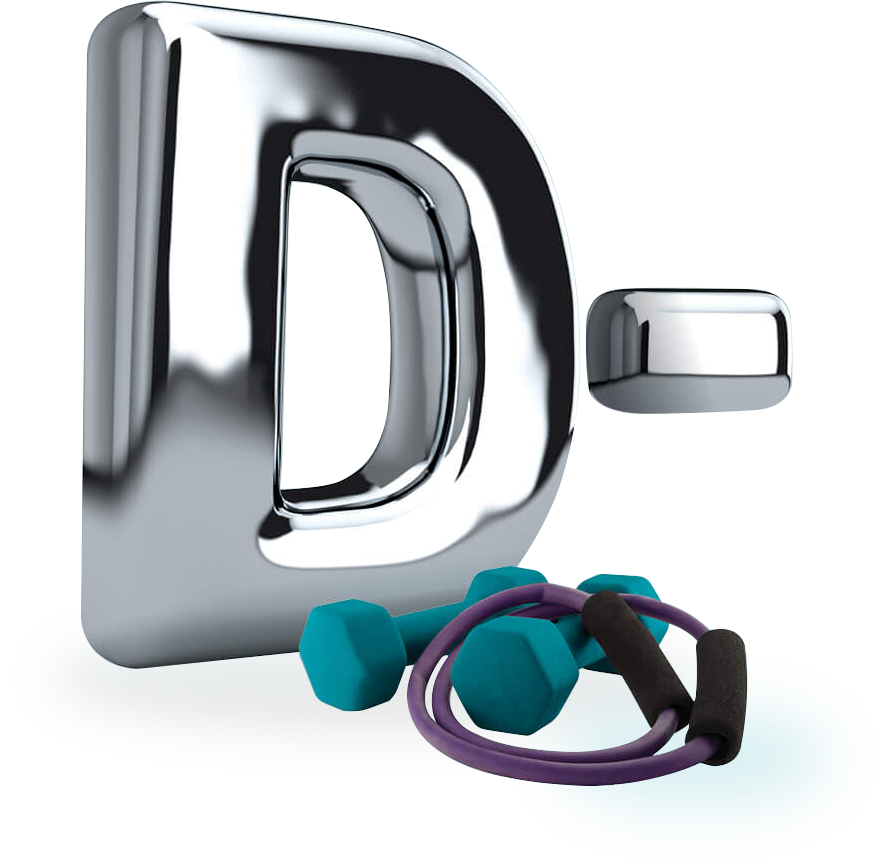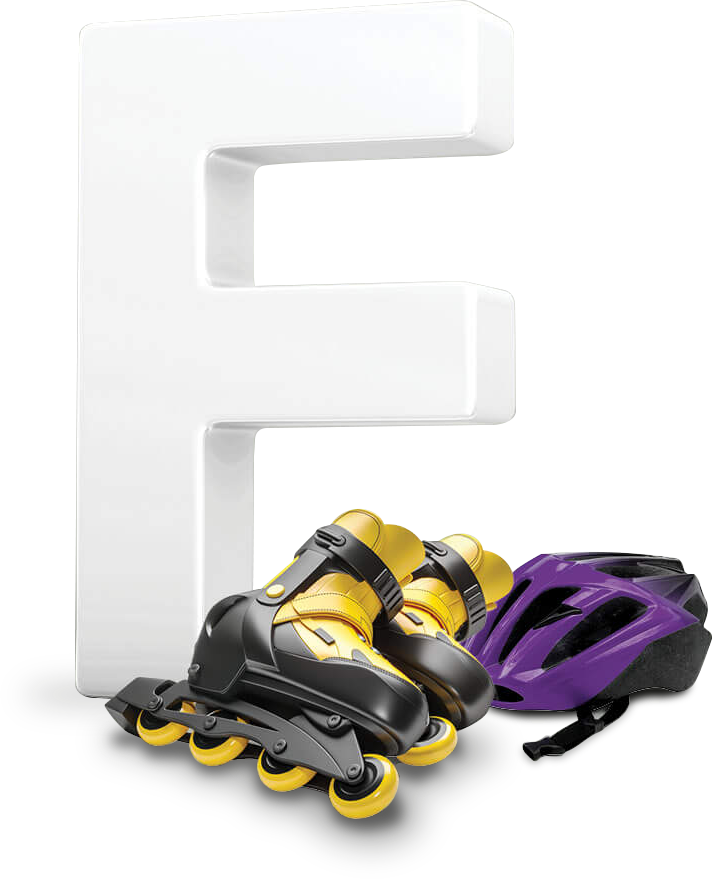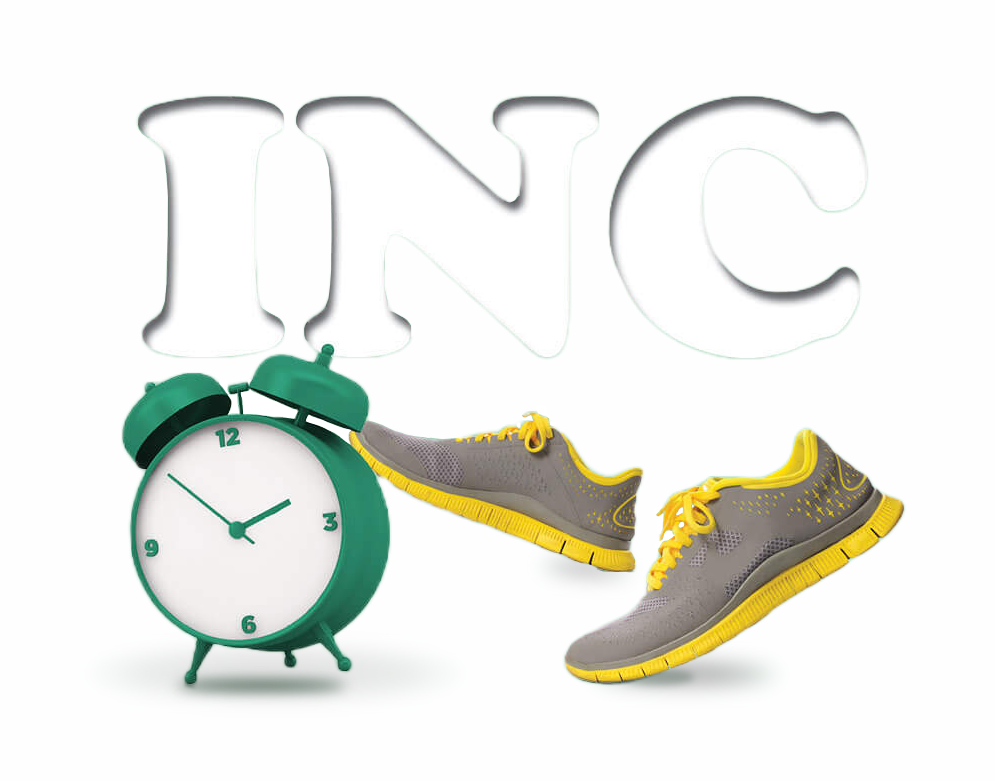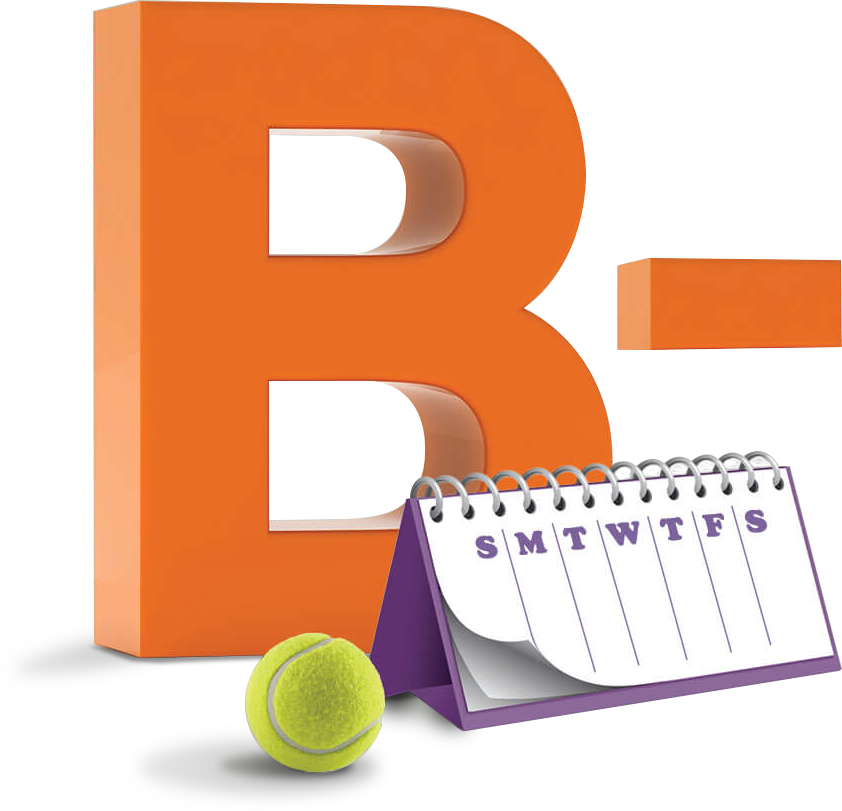2021 Adult Report Card
Moving toward a Better Normal
Canada faces a physical inactivity crisis deepened by COVID-19. Will we make the necessary choices to move toward a new, better normal?
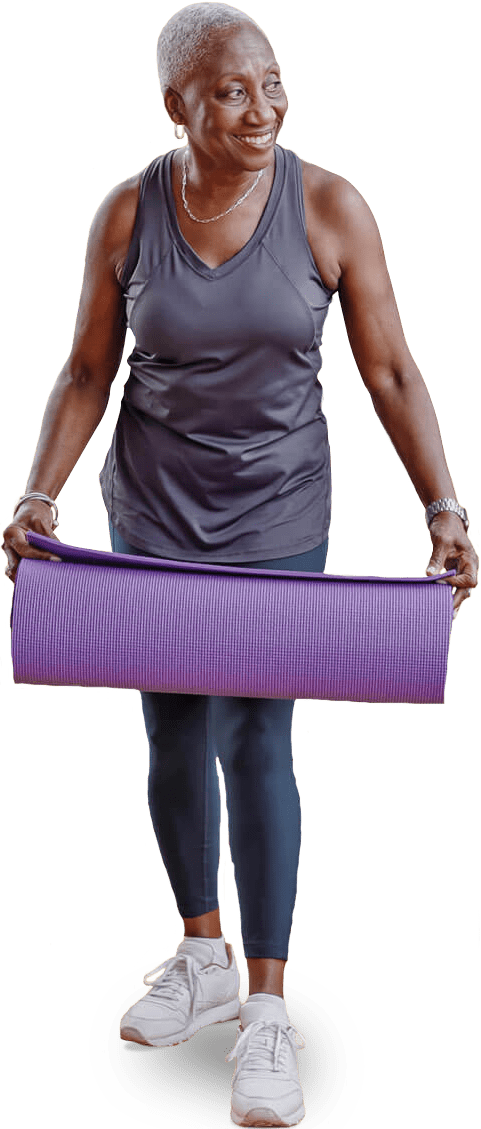
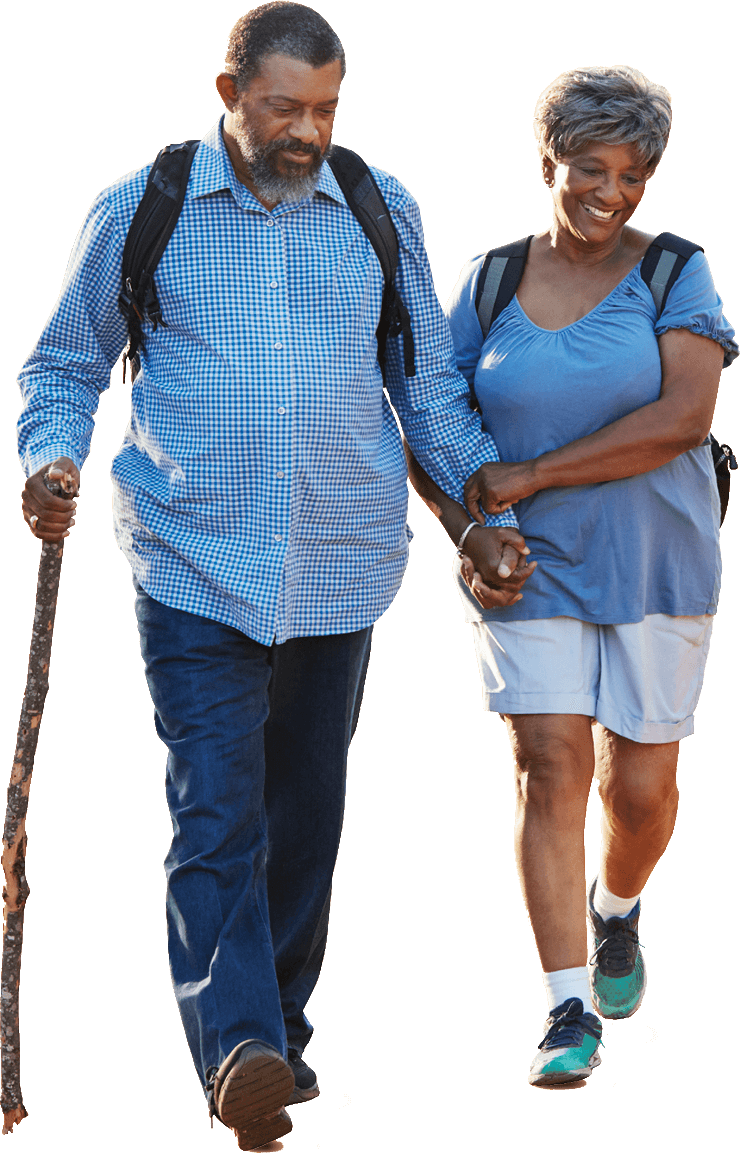
What does the Report Card talk about?

Light physical activity
Key stats & facts:
56% of adults ages 18-79 years
living in Canada get at least 3 hours of light physical activity per day (Statistics Canada, Canadian Health Measures Survey [CHMS], Cycle 6 [2018 and 2019]).
58% of men and 53% of women
get at least 3 hours of light physical activity per day (Statistics Canada, custom tabulation, CHMS, Cycle 6 [2018 and 2019]).
Sedentary behaviours
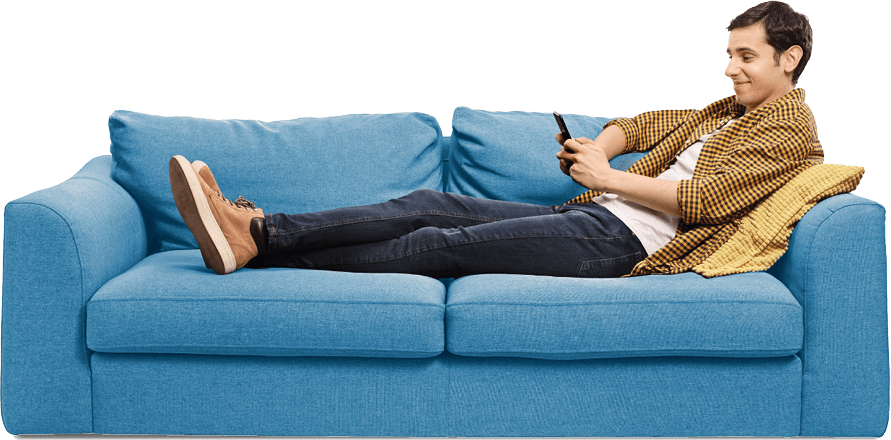
Key stats & facts:
12% of adults 18 to 79 years
Achieved ≤8 hours of sedentary time per day (Statistics Canada, custom tabulation, CHMS, Cycle 6 [2018 and 2019]).
50.1% of participants reported increased sitting
And 62.8% reported increased use of screen-based devices for leisure.
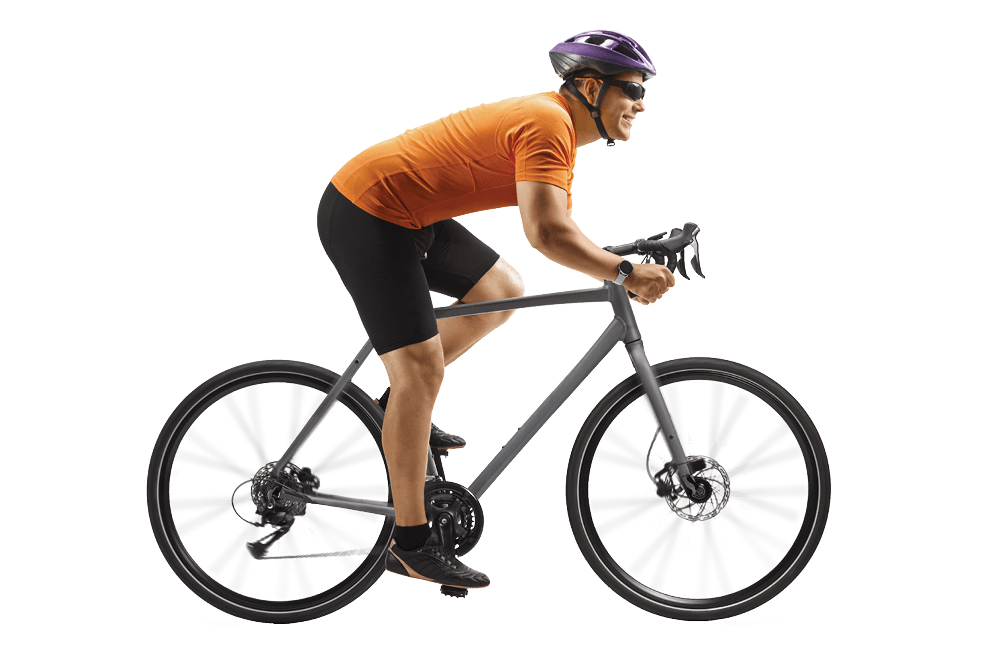
Active transportation
Key stats & facts:
7% of adults
living in Canada use active travel like walking or cycling to get to work (Statistics Canada, Census 2016).
39% of adults
indicated that they walk either part or all of the way as a means to get to work or school or to get around generally, and 12% indicated that they bicycle either part or all of the way (CFLRI, custom tabulation, Physical Activity Monitor, 2019-2021).
The 2021 grades are in!
Tools & Resources
Key Grades Infographic - 2021
Communications Toolkit - 2021
Press Release - 2021
Presentation - 2021
Full Report - 2021
Strategic & content partner
